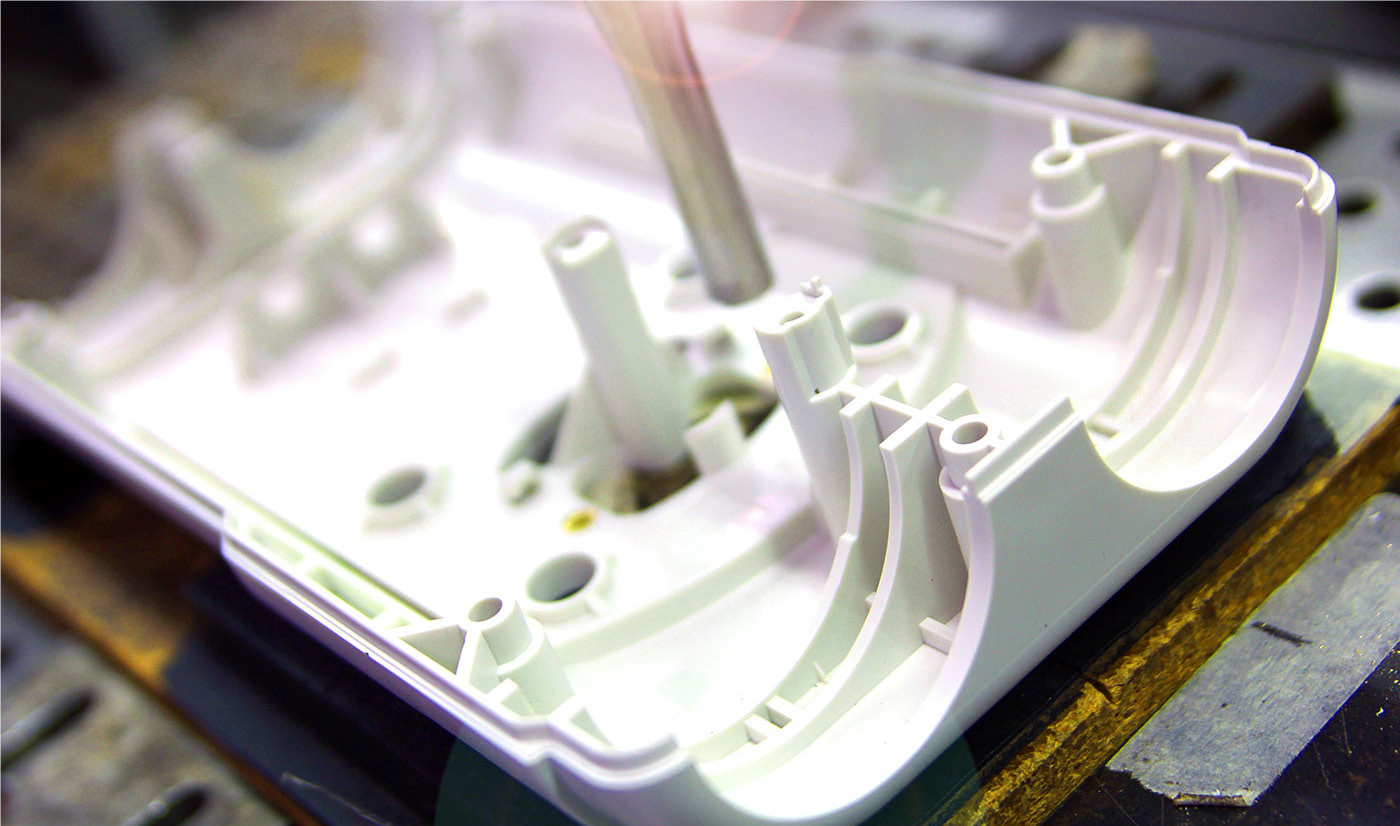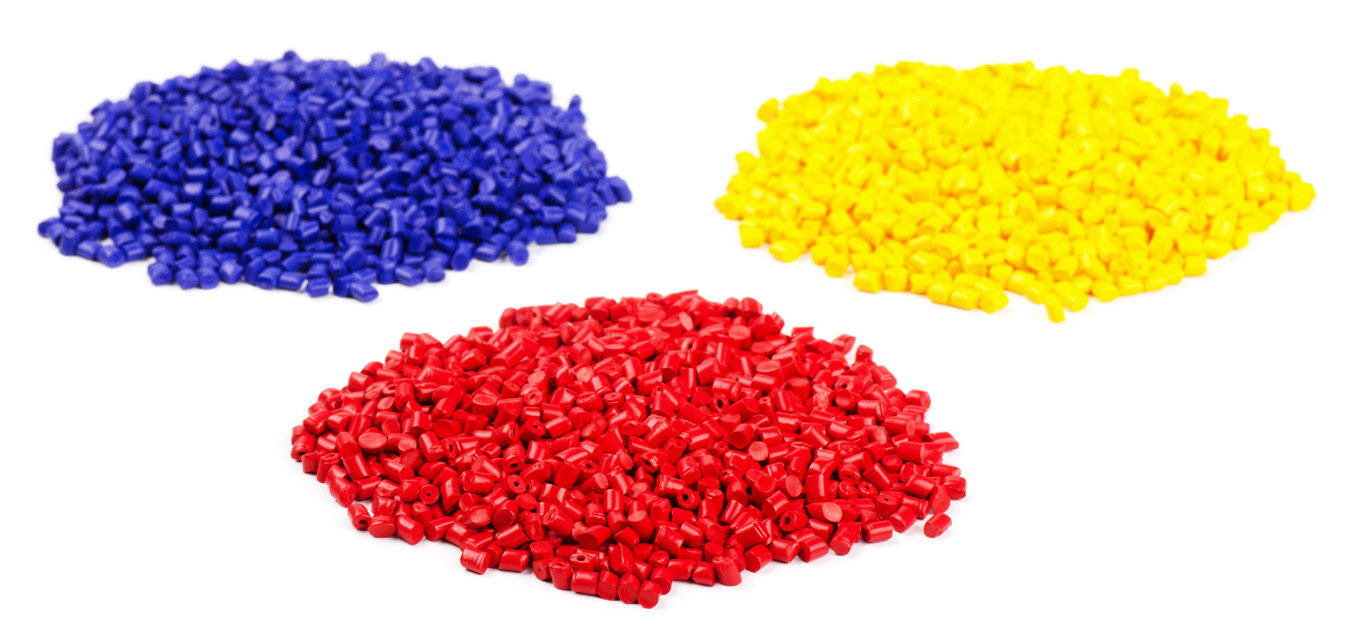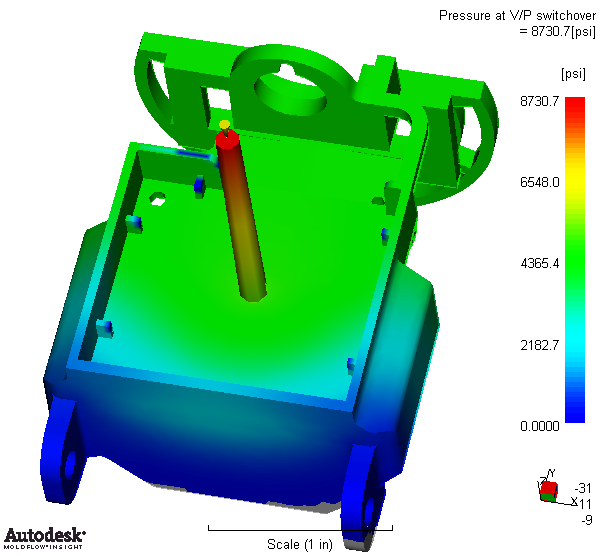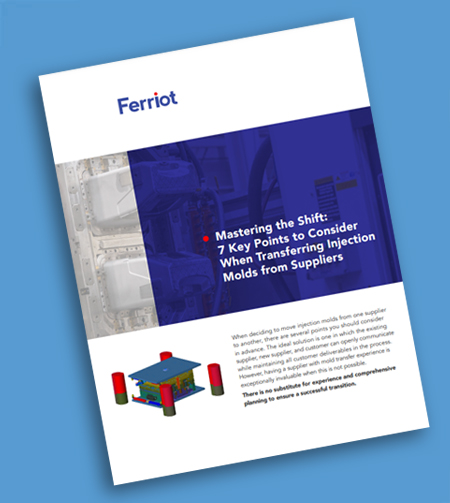Ensuring an injection molded product achieves its full potential demands careful planning. Much of this planning requires close cooperation between the engineer responsible for the design and development of the part and the injection molding contract manufacturer. The relationship between an engineer and a manufacturer will depend on a variety of factors, including the in-house resources available to the engineer and the level of assistance the contract manufacturing partner is equipped to provide.
If you’re an engineer, start with the following questions to ensure you’re making the most of your working relationship with your contract manufacturer.
Are you Aware of all the Capabilities Your Contract Manufacturer has to Offer?
If you’ve been working with the same partner for a long time, it’s easy to overlook resources and capabilities you’ve never taken advantage of before, such as:
- New presses or processes
- Different types of tools and resins
- Assembly and finishing services
Don’t hesitate to ask “what’s new,” even if you think you already know everything available from your contract manufacturing vendor.
Are Your Design Goals and Priorities for the Product or Part Clear?
Depending on your needs, you could have a variety of goals for production. Consider the following examples:
- Is the objective to eliminate assembly work and reduce manufacturing costs by combining what were formerly multiple parts into one?
- Is it to reduce part weight, improve functionality, simplify the product’s design or increase strength/rigidity?
- Are aesthetic considerations (color, texture, configuration, etc.) critical?
Maybe it’s some, or, all of these goals. Whatever matters most to you, make certain it’s spelled out clearly to your injection molding contract manufacturer, both verbally and in writing.
Has Your Manufacturer Explained how Part Geometry Affects Mold-ability?
 Particular part geometries can be difficult to injection mold. Some sizes, shapes and wall thicknesses can make the part especially prone to warpage, bowing and other defects. For example, unless properly placed and sized, features like snaps, undercuts, bosses, ribs, windows, etc., can complicate the molding process and increase costs unnecessarily.
Particular part geometries can be difficult to injection mold. Some sizes, shapes and wall thicknesses can make the part especially prone to warpage, bowing and other defects. For example, unless properly placed and sized, features like snaps, undercuts, bosses, ribs, windows, etc., can complicate the molding process and increase costs unnecessarily.
Ask your manufacturer for guidance before you create a part design that will be difficult to mold or that might increase the part’s price.
Have you specified the key physical attributes your end product requires?

Before your CM recommends a resin to be used to mold your product, discuss the key physical attributes that your end product requires. This discussion should include:
- Chemical and environmental resistance
- Flexible strength
- Temperature operating range
- Fatigue resistance
- Electrical properties
- Impact strength
Identifying these attributes early will speed up the specification process.
Do They Have the Right Equipment to Mold Your Product Efficiently?
Industrial injection molding operations have equipment that is most economical for parts within a minimum and maximum size range. Depending on the product, some facilities might be unable to produce a specific part due to the limitations of the equipment they have available. In addition, it is important to consider experience with different process technologies that can be applied to mold better quality parts.
For example, external gas-assist injection molding can be used to achieve sink free surfaces on thin-wall applications as well as for large flat parts such as enclosures, fascias and grilles.
Does the Manufacturer Have the Equipment and Experience to Test and Analyze?
 Creating injection molded parts demands the use of a variety of testing and analysis techniques, both before the tooling is developed and afterward. The greater the precision achieved during the early test/analysis phase, the better. Time spent at this early stage saves money and rework later. Ask your injection molder about pre-tooling testing and analysis tools like these:
Creating injection molded parts demands the use of a variety of testing and analysis techniques, both before the tooling is developed and afterward. The greater the precision achieved during the early test/analysis phase, the better. Time spent at this early stage saves money and rework later. Ask your injection molder about pre-tooling testing and analysis tools like these:
- Design for manufacturability software: Experts “interrogate” an electronic part model file as the first step in optimizing mold-ability. This allows us to troubleshoot problem geometry before a part goes into production.
- Mold-filling analysis: This simulation program optimizes the positioning of gas traps, fill points, etc., to ensure better mold filling.
- Finite Element Analysis (FEA): Simulates stresses and strains within the part before tooling is developed to identify weaknesses.
- Part consolidation and simplification: Your contract manufacturer should work with you to reduce the number of separate parts required. This can simplify tooling designs and reduce overall manufacturing costs.
Confirm early that your contract manufacturing partner has the equipment and experience necessary to perform whatever tests are needed to determine whether a prototype part is ready to move into production. Depending on the part and how it will be used, this could include evaluations of drop or crash performance, low/high temperature properties, burst strength, static dissipation, wear resistance, moisture resistance, durability, structural compatibility, light transmission, shielding performance, sound dampening performance, part density, knit line strength, cracking resistance, or many others.
To learn how to get the most from your relationship with a contract manufacturer, download our free guide—Designing Injection Molded Parts: A Handbook for Designers & Engineers. Or, if you prefer, call us at (330) 786-3000 for immediate assistance.
Is there something else you’re looking for from your manufacturing relationship? Tell us about it in the below comments.




